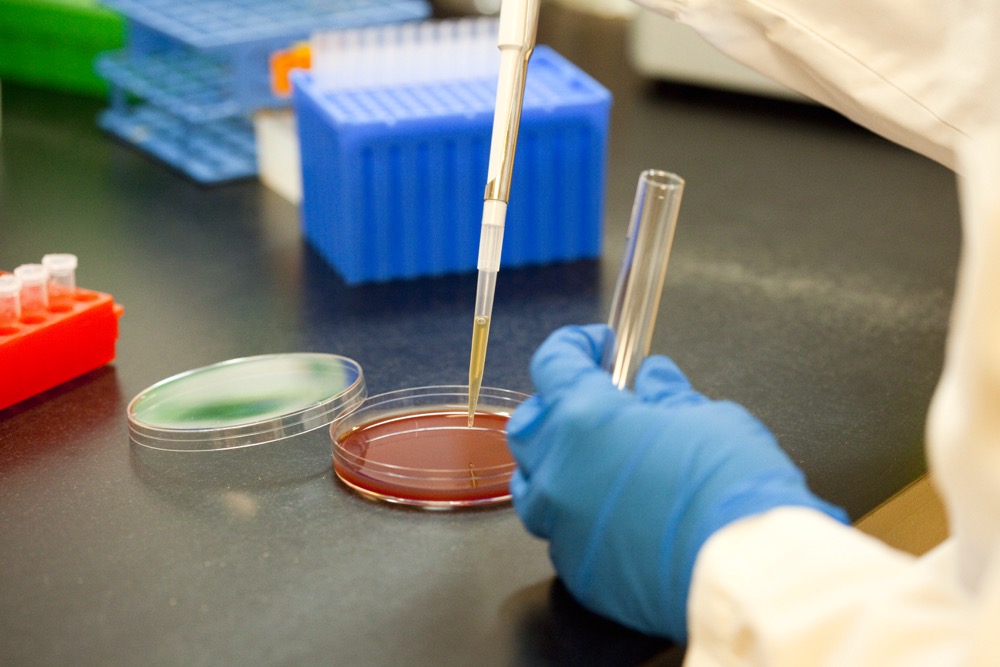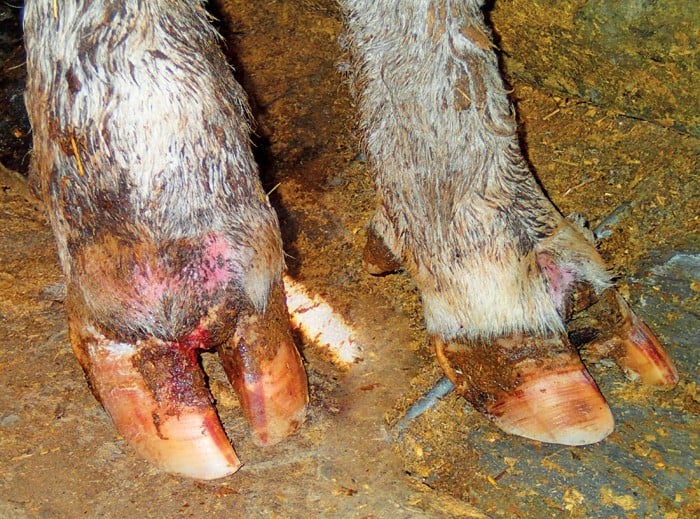The chances of a successful and stress-free calving season are redoubled with planning. One part of the plan is advanced preparation for dealing with things that can go wrong once calving is underway. The other is handling the longer-term pieces of brood cow management that avert many common problems, things like nutrition and vaccination. As calving season approaches attention is rivetted on the brood cow knowing an entire year’s production cycle unravells without a healthy calf shadowing a healthy mother as she moves onto spring pasture.
1. Get the notebook out: Careful observation while in the calving barn and notes kept by producers during calving season becomes an important incentive for improvement and a yearlong management tool. Planning starts by understanding where risk resides. Good notes help. Go back and check last year’s notebook. Records help guide experience and needed change on matters like:
Read Also

Body condition, nutrition and vaccination for brood cows
One of the remarkable events of the past century related to ranching has been the genetic evolution of brood cows….
a) Choices at upcoming spring bull sales.
b) Tight calving seasons. Pulling cows into a 60- to 90-day calving season reduces the amount of time producers and hired help are “on call” and creates a more uniform calf crop going to fall sales.
c) Calving heifers out four weeks earlier than the cow herd. The practice allows additional time to manage calving higher-risk heifers and a head start for heifers to start cycling, which helps bring them into synch with mature cows so all females have a high possibility of rebreeding when the bulls are turned out.
d) Good records help identify a pattern to problems. Things like, where in calving season were death losses highest? At delivery? Did it involve two-year-old heifers? Answers to these questions might indicate more attention being paid to sire selection and lower birth weight EPDs. Were heifers underdeveloped? A case for better nutritional management. Was the pattern of losses or disease associated with days of age? Age becomes important in differentiating the cause of scours.
2. Proper nutrition: Make sure brood cow body condition scores (BCS) are maintained in acceptable ranges on the approach to calving season. Body condition scores, often misunderstood and overlooked as an important part of the calving management, ensure two things. First, cows will have enough energy for the laborious task of parturition and lactation, and secondly, BCSs are critical in preparation for rebreeding. The optimum score at fall pregnancy check or start of winter feeding is 3.0. By calving, the optimum BCS for mature cows is 2.5 and 3.0 for first-calf heifers. Thirty days before the start of breeding season the optimum score for all females is 2.5. Reports have shown as much as a 25 per cent reduction in first service conception for thin cows. Flushing the thin cow (BCS 1.5 or less) at calving will not enhance post-calving reproduction, but will improve the quantity of milk as they start nursing. Inadequate nutrition of the cow can adversely affect weaning weight. Reports indicate a five per cent to 25 per cent reduction in adjusted 205-day weaning weight of calves from dams with a body condition of less than 2.0 at calving or from nursing cows losing condition after calving.
More from the Canadian Cattlemen website: Late weaning
3. Be prepared: Go through the equipment checklist: obstetrical chains, calf jack, fresh batteries in flashlights, clean or new esophageal feeders, disinfectants/detergents, pails, boot brushes, washable footwear, etc. It may seem obvious to some, but checking to make sure the calving equipment is where it is supposed to be is time well spent.
4. Biosecurity: Be ready to do the dishes. Supplemental colostrum (or electrolytes given to scouring calves) will be much more effective if clean bottles, nipples and esophageal feeders are used. After each use, wash and dry utensils using hot water (at least 50 C or 120 F), plus bleach or a sanitizing soap such as Hibitane or iodine soap. Ensure staff understands biosecurity practices that are in place and that protocols are posted and available for reference.
5. Have a working area that is clean, well lit and functional: Make sure the head gate on the squeeze chute is adjusted to fit cows and not calves. Having adequate light when you have to pull a calf is beneficial. Have clean, fresh hay available in the calving pen.
6. Have a clean, dry pasture available for calving: If you cannot easily see or get to the cows in a pasture, the likelihood of running into trouble increases. Have the cows close to handling/working facilities in case you have to assist a cow. The pasture, hopefully, has not been grazed for a while and has plenty of forage available. The standing forage helps keep the cows clean (less mud) and increases the health of both the cow and calf.
7. Know the signs: It is important for everyone working the calving area to know proper presentation of calves at birth and, how calving problems are to be handled and when to call for help. Keep the herd veterinarian’s phone number programmed into staff cellphones or posted where it is available. Most calf deaths are attributed to infectious disease such as scours, septicemia, pneumonia. However, non-infectious problems cause many of the losses in the first two to three days, and greatly increase susceptibility to infectious disease. Management practices aimed at identifying and resolving early problems like hypothermia (low body heat) and hypoglycemia (low blood sugar) is the single most direct and cost-effective way to improve calf health. Dystocia increases the risk of a calf dying by four- to eightfold and is the single biggest contributor to hypothermia and hypoglycemia. A veterinarian can help develop corrective strategies.
8. Colostrum, colostrum, colostrum: Calves that receive inadequate amounts of colostrum within the first six hours of life are five to six times more likely to die from calf scours. Calves rarely develop hypoglycemia after consumption of colostrum or milk. Colostrum is a critical source of energy, protein, vitamins and concentrated antibodies, the foundation of immune function in the newborn calf. A calf needs to consume at least five per cent of its body weight in colostrum within a few hours of birth. Good-quality commercial colostrum products can be used when natural colostrum is in short supply.
9. Move cows and calves to a different pasture after calving: Moving the cows to a different pasture after calving simplifies the monitoring process since there are fewer cows to watch. Moving new calves and mothers out of the calving area onto new pasture or clean unused areas once they can be comfortably moved limits exposure to disease-causing organisms and the buildup of pathogens in the calving area.
10. Develop a calf-monitoring scheme: Many of the problems faced at calving time are responsive to treatment. Develop a system of regularly monitoring the calving area. More is missed from not looking than not knowing.

















